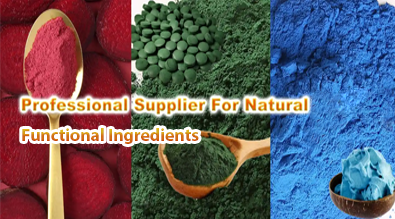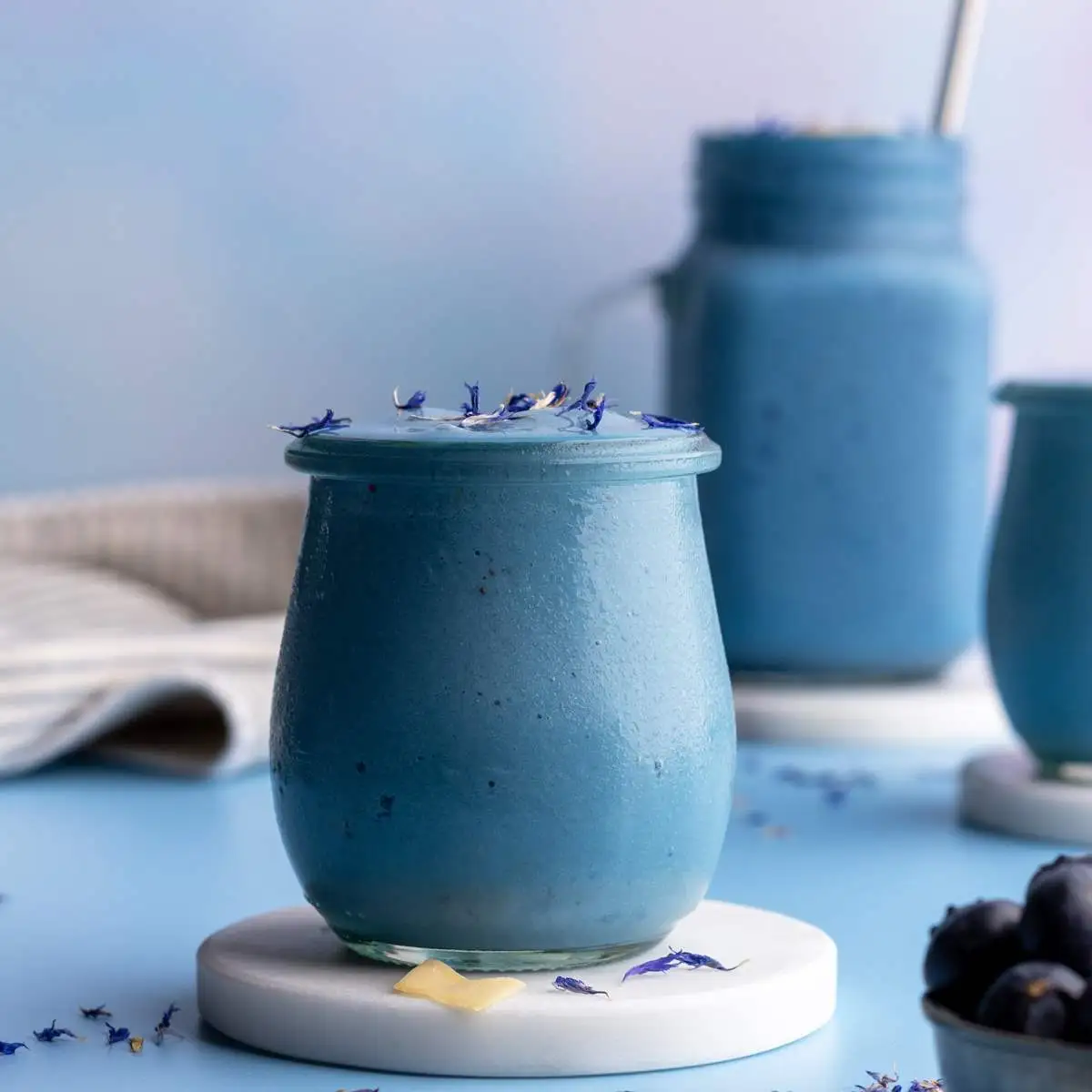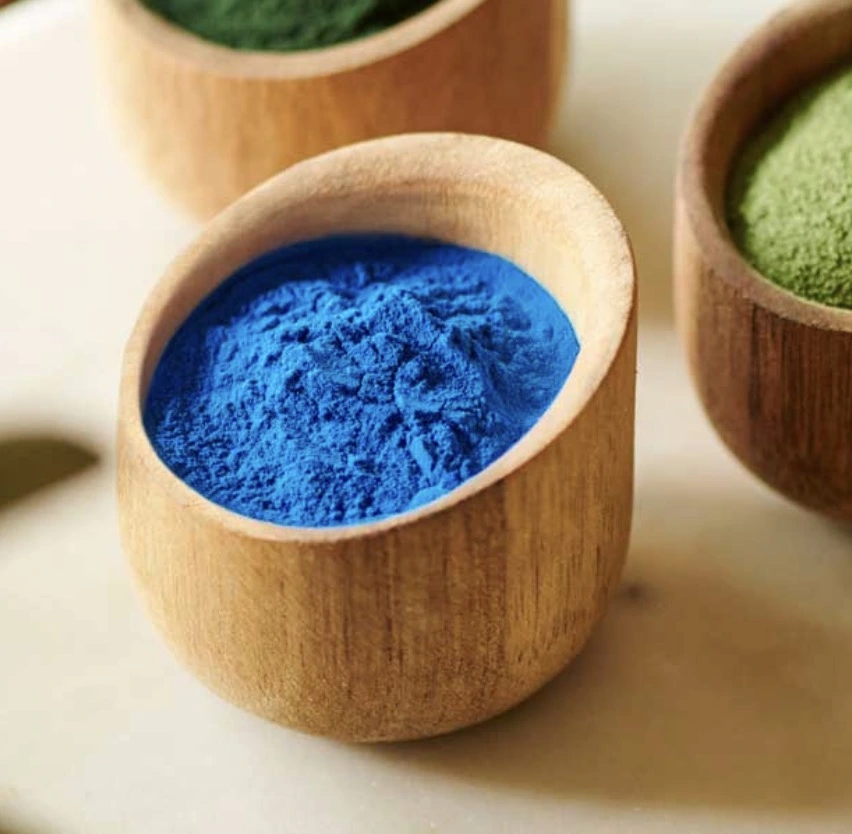E160(a) Beta Carotene: A Safe, Plant-Based Color for Foods
In the ever-evolving world of food production, manufacturers are constantly seeking ways to enhance the visual appeal of their products while maintaining safety and quality. Beta Carotene E160(a) , a natural food coloring that has been gaining popularity in recent years. This plant-based pigment not only provides a vibrant yellow to orange hue but also offers numerous benefits for both producers and consumers a like.

How Beta Carotene E160(a) Benefits Your Food Products?
Beta Carotene E160(a) is a versatile and powerful coloring agent that can significantly improve the appearance and nutritional value of various food products. Let's explore some of the key advantages of incorporating this natural pigment into your formulations:
Enhanced Visual Appeal
One of the primary reasons food manufacturers turn to Beta Carotene E160(a) is its ability to impart a rich, appealing color to their products. The vibrant yellow to orange hues can make foods more visually attractive, potentially increasing consumer interest and sales. This natural colorant can help create a more appetizing appearance for a wide range of products, from beverages to baked goods.
Stability Across Various Processing Conditions
Unlike some synthetic colorants, Beta Carotene E160(a) exhibits remarkable stability across a wide range of processing conditions. It can withstand high temperatures, varying pH levels, and exposure to light without significant degradation. This stability ensures that your products maintain their desired color throughout their shelf life, preserving their visual appeal for consumers.
Nutritional Benefits
Beyond its coloring properties, Beta Carotene E160(a) offers nutritional benefits as well. As a precursor to Vitamin A, it can contribute to the overall nutritional profile of food products. This dual functionality as both a colorant and a nutrient make it an attractive option for health-conscious consumers and manufacturers alike.
Clean Label Appeal
With the growing demand for clean label products, Beta Carotene Powder E160(a) presents an excellent opportunity for food manufacturers. As a natural, plant-based ingredient, it aligns well with consumer preferences for simpler, more recognizable ingredients. Including Beta Carotene E160(a) in your product formulations can help you meet the clean label criteria and appeal to health-conscious consumers.

Applications of Beta Carotene E160(a) in Food Industry
The versatility of Beta Carotene E160(a) makes it suitable for use in a wide array of food products. Let's explore some of the most common applications:
Beverages
Beta Carotene E160(a) is widely used in the beverage industry to create visually appealing drinks. It can be found in fruit juices, sports drinks, and even some alcoholic beverages. The natural orange hue it imparts can enhance the perception of fruit content and freshness, making drinks more enticing to consumers.
Dairy Products
In the dairy sector, Beta Carotene E160(a) is often used to standardize the color of products like butter, cheese, and yogurt. It helps achieve a consistent, appealing yellow color that consumers associate with high-quality dairy products. This is particularly useful in maintaining color consistency across seasons when the natural color of milk may vary due to changes in cattle feed.
Baked Goods
Beta Carotene Powder E160(a) finds extensive use in the baking industry. It can enhance the golden-brown color of breads, cakes, and pastries, making them look more appetizing. Additionally, it can be used to mimic the appearance of egg yolks in egg-free baked goods, catering to vegan and allergen-free markets.
Confectionery
In the confectionery industry, Beta Carotene E160(a) is used to create vibrant yellow and orange candies, gummies, and other sweet treats. Its stability during high-temperature processing makes it ideal for use in hard candies and other heat-treated confections.
Processed Foods
Beta Carotene E160(a) is also utilized in various processed foods such as soups, sauces, and ready meals. It can enhance the visual appeal of these products, making them look fresher and more appetizing. This is particularly important in products where color can significantly influence consumer perception of quality and freshness.

Why Choose E160(a) Beta Carotene Over Synthetic Colors?
As the food industry continues to evolve, there's a growing shift towards natural ingredients. Here's why E160(a) Beta Carotene is often preferred over synthetic alternatives:
Consumer Perception and Demand
Modern consumers are increasingly seeking out products with natural ingredients. By using Beta Carotene Powder E160(a), manufacturers can meet this demand and potentially increase their market share. Natural colorants like Beta Carotene are often perceived as healthier and safer alternatives to synthetic colors, which can boost consumer confidence in your products.
Regulatory Compliance
E160(a) Beta Carotene is approved for use in food products by regulatory bodies worldwide, including the European Food Safety Authority (EFSA) and the U.S. Food and Drug Administration (FDA). This widespread acceptance makes it easier for manufacturers to use Beta Carotene in products intended for international markets, simplifying regulatory compliance.
Versatility in Application
Unlike some synthetic colors that may be limited in their applications due to stability issues or interactions with other ingredients, E160(a) Beta Carotene is highly versatile. It can be used in a wide range of products and processing conditions, offering flexibility in product development and formulation.
Potential Health Benefits
While synthetic colors are purely functional, E160(a) Beta Carotene offers potential health benefits. As a precursor to Vitamin A, it can contribute to the nutritional value of food products. This dual functionality as both a colorant and a nutrient make it an attractive option for health-conscious consumers and manufacturers focused on creating nutritionally enhanced products.
Environmental Considerations
As a plant-based ingredient, E160(a) Beta Carotene aligns well with sustainability initiatives. It can be sourced from renewable plant materials, potentially reducing the environmental impact compared to synthetic color production. This aspect can be particularly appealing to environmentally conscious consumers and companies committed to sustainable practices.

Conclusion
In conclusion, Beta Carotene Powder E160(a) offers a myriad of benefits for food manufacturers looking to enhance the visual appeal and nutritional value of their products. Its natural origin, versatility, and consumer acceptance make it an excellent choice for a wide range of applications in the food industry. As the demand for clean label and naturally derived ingredients continues to grow, E160(a) Beta Carotene is poised to play an increasingly important role in food coloration.
If you're interested in incorporating E160(a) Beta Carotene into your food products or would like to learn more about our natural plant extracts, we invite you to get in touch with us. Our team of experts is ready to assist you in finding the perfect solution for your needs. Contact us at info@yanggebiotech.com for more information or to discuss your specific requirements.
References
1. Rodriguez-Amaya, D. B. (2016). Natural food pigments and colorants. Current Opinion in Food Science, 7, 20-26.
2. Saini, R. K., & Keum, Y. S. (2018). Carotenoid extraction methods: A review of recent developments. Food Chemistry, 240, 90-103.
3. Martins, N., Roriz, C. L., Morales, P., Barros, L., & Ferreira, I. C. (2016). Food colorants: Challenges, opportunities and current desires of agro-industries to ensure consumer expectations and regulatory practices. Trends in Food Science & Technology, 52, 1-15.
4. Spence, C. (2015). On the psychological impact of food colour. Flavour, 4(1), 21.
5. Boon, C. S., McClements, D. J., Weiss, J., & Decker, E. A. (2010). Factors influencing the chemical stability of carotenoids in foods. Critical Reviews in Food Science and Nutrition, 50(6), 515-532.

Based on your location and order quantity, you will have the opportunity to receive a limited time free shipping promotion!

Who we are


